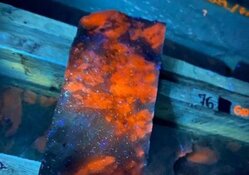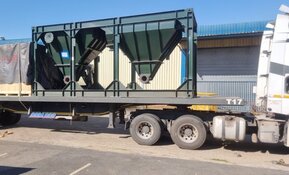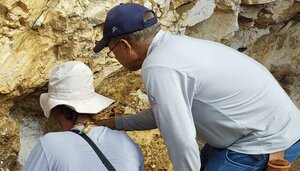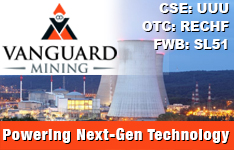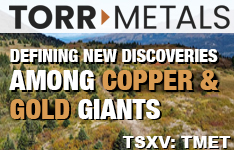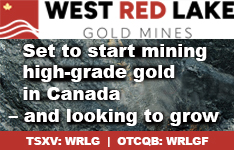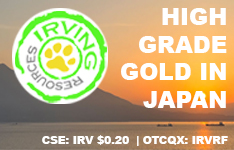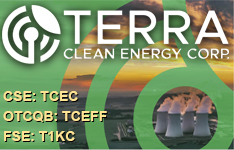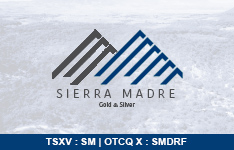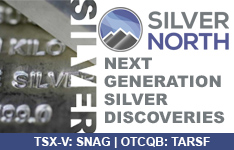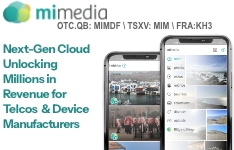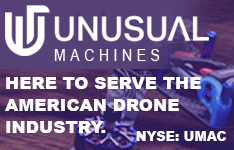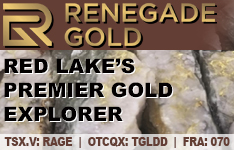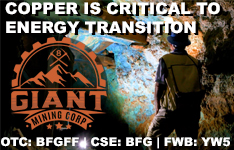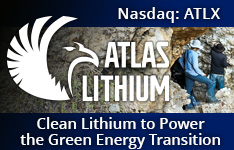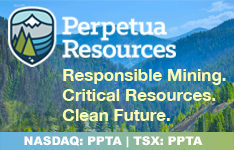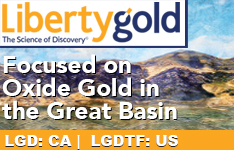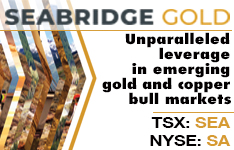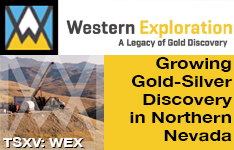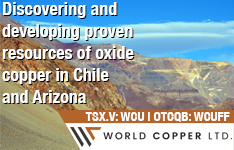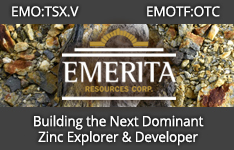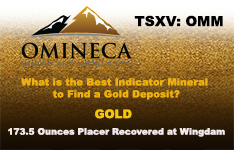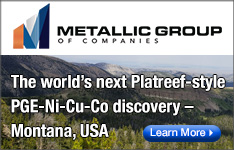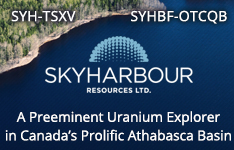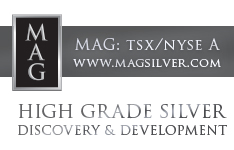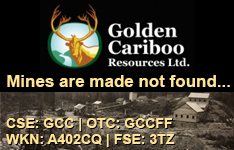Atlas Lithium Corp. (ATLX:NASDAQ) announced on August 25 that its 30%-owned subsidiary, Atlas Critical Minerals Corp. (JUPGF:OTCQB), has published technical reports confirming high-grade mineralization at two of its Brazilian projects. The results were reported in accordance with Item 1300 of Regulation S-K of the U.S. Securities and Exchange Commission and prepared by SGS Canada Inc., a premier independent mineral evaluation firm.
The Alto do Paranaíba Project in Minas Gerais State delivered rare earth oxide (TREO) grades as high as 28,870 parts per million (ppm), with titanium dioxide (TiO₂) content reaching 23.2%. According to the surface sampling program, 608 samples exceeded 1,000 ppm TREO, and 205 samples surpassed 10% TiO₂. Drill results included intercepts such as 12 meters at 5,961 ppm TREO and 13.3% TiO₂.
In parallel, the Malacacheta Graphite Project, also in Minas Gerais, produced large-flake graphite with concentrate grades up to 96.6% graphitic carbon. Surface samples contained up to 15.4% graphitic carbon, according to initial metallurgical testing.
Marc Fogassa, Chairman and CEO of Atlas Lithium, stated in the announcement, "Atlas Critical Minerals' remarkable initial results corroborate the strategic value of our diversification approach."
Atlas Critical Minerals controls over 218,000 hectares of mineral rights across multiple Brazilian states, covering rare earths, titanium, graphite, uranium, copper, and nickel.
Supply Chain Pressures and Geopolitical Shifts Reshape Graphite, Rare Earths, and Titanium Landscape
The first half of 2025 saw significant changes across the graphite, rare earths, and titanium markets, reflecting rising geopolitical scrutiny, shifting trade dynamics, and evolving supply chain strategies.
According to a Graphite Market Update published by Georgia Williams on August 18, oversupply and tariff-driven trade conflicts weighed heavily on graphite prices, which fell by 10 to 20% in 2024 and remained low into 2025. The U.S. Department of Commerce launched anti-dumping and countervailing duty investigations into graphite anode imports from China, prompting preliminary subsidy findings of up to 721.03%. In response, provisional dumping duties as high as 93.5% were imposed in July. These measures underscored efforts to address what analysts called "the most challenging part of the battery supply chain for the U.S. to compete with China."
The International Energy Agency (IEA) noted in its recent report that although graphite mine supply increased to 1.6 million metric tons in 2024, refining remained highly concentrated. By the end of 2024, the top three refining nations controlled 86% of global output for critical minerals, with graphite being among the most tightly controlled. The IEA emphasized the strategic need for diversification outside of China, writing, "Graphite and rare earth elements also see some improvement as new mining suppliers emerge over the next decade."
In the rare earths market, a separate August 15 update from Stock Titans reported that the SynBREE consortium, supported by the U.S. Department of Defense’s DARPA EMBER program, achieved a milestone by producing 97.1% pure heavy rare earth oxide (HREO) and 96.4% pure light rare earth oxide (LREO) from allanite-based ore. The initiative, which included contributions from the University of Kentucky and Lawrence Livermore National Lab, demonstrated the viability of biotechnology-based separation strategies for REEs. According to the announcement, the results provided "meaningful third-party validation that light and heavy rare earths oxides can be produced" from U.S. ore.
Meanwhile, the titanium dioxide market was projected to grow from US$20.4 billion in 2023 to US$31.8 billion by 2030, according to a recent industry forecast from Grand View Research. Growth was attributed to increased demand in paints, coatings, plastics, and inks, particularly in regions experiencing construction and industrial expansion. The market’s largest segment remained rutile TiO₂, favored for its high UV resistance and opacity. In 2023, rutile accounted for over 76% of global market revenue. Supply constraints and higher raw material costs were expected to increase TiO₂ prices in the coming years.
Analysts Endorse Atlas Lithium's Path to Production with Strong Price Targets
According to a July 14 research note from H.C. Wainwright & Co., analyst Heiko Ihle maintained a Buy rating on Atlas Lithium Corporation and continued to list the company as one of the firm's "Top Picks for 2025." Ihle set a price target of US$18 per share, noting a potential 349% return from the US$4.01 price at the time of the report. He wrote that "with Atlas' low-cost operations nearing first production, we believe that the company is well-positioned to generate strong long-term returns and provide valuable geopolitical diversification."
Ihle highlighted the company's low operating cost of US$489 per ton of lithium concentrate, as well as its strategic offtake and investment agreements totaling US$80 million from major industry players. He stated that these arrangements support Atlas's 150,000 tons per annum Phase 1 production and potential 300,000 tons Phase 2 expansion. Ihle also pointed to the creation of Atlas Critical Minerals as a long-term strategic complement to its lithium operations, writing, "This project complements the firm's Neves project, as we expect the near-term cash flow to support Atlas' long-term strategy of becoming a leading player in global energy transition."
On August 5, Alliance Global Partners analyst Jake Sekelsky also reiterated a Buy rating on Atlas Lithium following the release of the company's definitive feasibility study (DFS) for the Neves project. Although the firm adjusted its lithium pricing forecast, it maintained a target price of US$20 per share, implying a 254% return from the US$5.65 share price at the time. Sekelsky called the DFS "an inflection point on the road to lithium production," emphasizing the project's low capital expenditure requirement of US$58 million and strong economics.
He reported that the DFS showed a net present value of approximately US$540 million and an internal rate of return of 145% using an SC5.5 price of US$1,700 per ton. At a more conservative price of US$1,200 per ton, the net present value was still US$260 million, more than double Atlas's enterprise value at the time of the report. Sekelsky noted that Atlas had already invested US$30 million into development, with an existing US$40 million prepayment facility expected to cover much of the remaining capex.
Sekelsky concluded that "the limited capex remaining coupled with Neves' status as a shovel-ready project place Atlas in pole position to become the next lithium producer in Brazil's lithium valley." He added that the modular design of the processing facility provided optionality for future expansion and that further funding opportunities were likely given the strength of the DFS.
 Streetwise Ownership Overview*
Streetwise Ownership Overview*
Atlas Critical Minerals Corp. (JUPGF:OTCQB)
Strategic Expansion Beyond Lithium Strengthens Project Portfolio
Ongoing project advancement at Atlas Critical Minerals provides a diversification layer to Atlas Lithium's broader portfolio beyond its core lithium focus. The company's Alto do Paranaíba and Malacacheta projects are positioned in a region known for geological richness and favorable mining infrastructure, offering logistical advantages for exploration and development.
The technical results filed with the SEC represent early progress in evaluating the rare earth and graphite potential of the company's holdings, and the scale of mineral rights under ACM's control suggests further optionality across additional critical minerals.
Brazil's stability, large reserves, and strategic location contribute to the competitive positioning of these projects within the global supply chain.
Atlas Lithium's August 2025 corporate overview also notes that its Neves Lithium Project has received all necessary permits and has a definitive feasibility study in place, with average annual production projected at 146,000 tons of spodumene concentrate at a cost of US$489 per ton.
While lithium remains the company's primary focus, the reported results from ACM offer additional visibility into its broader critical minerals footprint.
Ownership and Share Structure
According to Atlas Lithium, its management and insiders own about 27% of the company's shares.
Strategic partners, including Mitsui & Co., hold another roughly 11%.
Institutional investors own about 10%. The rest, about 52%, is in retail.
Refinitiv reports that Atlas has 19.58M outstanding shares and 11.43M free float traded shares. Its market cap is US$117.3M. Its 52-week range is US$3.54–US$12.48 per share.
In terms of Atlas Critical Minerals, according to the company, about 30% of Atlas Critical Minerals is owned by insiders and management.
30% is held by Atlas Lithium. The rest is institutions and retail.
Its market cap is ~US$29 million with 38.9 million shares outstanding. It trades in a 52-week range of US$0.40 and US$1.47.
| Want to be the first to know about interesting Cobalt / Lithium / Manganese investment ideas? Sign up to receive the FREE Streetwise Reports' newsletter. | Subscribe |
Important Disclosures:
- Atlas Lithium and Atlas Critical Minerals are billboard sponsors of Streetwise Reports and pay SWR a monthly sponsorship fee between US$4,000 and US$5,000.
- As of the date of this article, officers and/or employees of Streetwise Reports LLC (including members of their household) own securities of Atlas Lithium and Atlas Critical Minerals.
- James Guttman wrote this article for Streetwise Reports LLC and provides services to Streetwise Reports as an employee.
- This article does not constitute investment advice and is not a solicitation for any investment. Streetwise Reports does not render general or specific investment advice and the information on Streetwise Reports should not be considered a recommendation to buy or sell any security. Each reader is encouraged to consult with his or her personal financial adviser and perform their own comprehensive investment research. By opening this page, each reader accepts and agrees to Streetwise Reports' terms of use and full legal disclaimer. Streetwise Reports does not endorse or recommend the business, products, services or securities of any company.
For additional disclosures, please click here.


